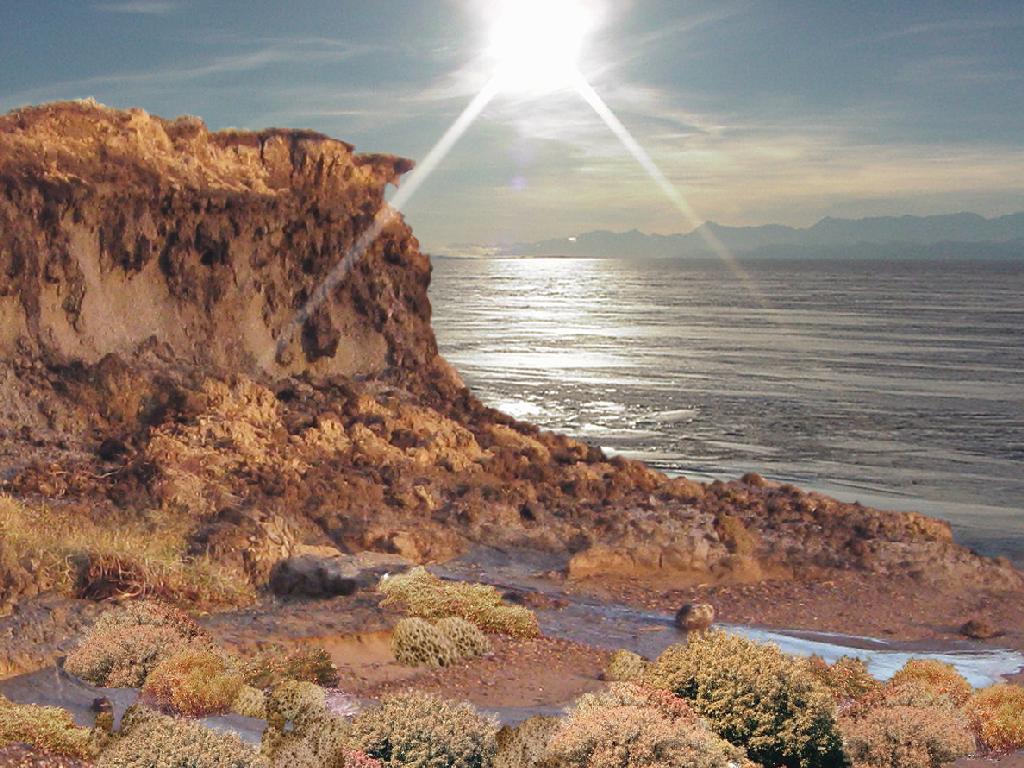Icy Antarctica Once Ringed With Carpet of Lush Flora


The few plants that live in Antarctica today are hardy hangers-on, growing just a few weeks out of the year and surviving poor soil, lack of rain and very little sunlight. But long ago, some parts of Antarctica were almost lush.
New research finds that between about 15 million and 20 million years ago, plant life thrived on the coasts of the southernmost continent. Ancient pollen samples suggest that the landscape was a bit like today's Chilean Andes: grassy tundra dotted with small trees.
This vegetated period peaked during the middle Miocene, when atmospheric carbon dioxide levels were around 400 to 600 parts per million. (Today, driven by fossil fuel use, atmospheric carbon dioxide has climbed to 393 parts per million.)
As a result, global temperatures warmed.
Antarctica followed suit. During this period, summer temperatures on the continent were 20 degrees Fahrenheit (11 degrees Celsius) warmer than today, researchers reported June 17 in the journal Nature Geoscience.
"When the planet heats up, the biggest changes are seen toward the poles," study researcher Jung-Eun Lee, a scientist at NASA's Jet Propulsion Laboratory, said in a statement. "The southward movement of rain bands made the margins of Antarctica less like a polar desert and more like present-day Iceland." [Ice World: Amazing Glaciers]
NASA researchers, along with scientists from the University of Southern California and Louisiana State University, analyzed long cores of sediment from below Antarctica's Ross Ice Shelf. Within the sediment, they found plant-leaf wax, an indication of ancient vegetation. The cores also contained pollen and algae.
Get the world’s most fascinating discoveries delivered straight to your inbox.
An analysis of the leaf wax provided a record of the water taken up by the plants when they lived. Researchers could then track variations in the hydrogen molecules in the water, called isotopes. Because isotopes vary over time and over certain environmental conditions, these variations allowed the researchers to reconstruct what the climate would have looked like when this water fell as rain.
If current carbon emissions continue as they are, atmospheric carbon is set to reach middle Miocene levels by the end of the century. The northern Antarctic Peninsula has already warmed by 4.5 degrees F (2.5 degrees C) over the last 50 years, and satellite views reveal melting ice shelves.
The ancient Antarctic sediment could provide a vision of what is to come, said study leader Sarah Feakins, an earth scientist at the University of Southern California.
"Just as history has a lot to teach us about the future, so does past climate," Feakins said in a statement. "What this record shows us is how much warmer and wetter it can get around the Antarctic ice sheet as the climate system heats up."
Editor's Note: This article was updated at 1:45 pm EDT. The research team analyzed the sediment cores but did not collect them, as a previous version reported.
Follow LiveScience on Twitter @livescience. We're also on Facebook & Google+.




